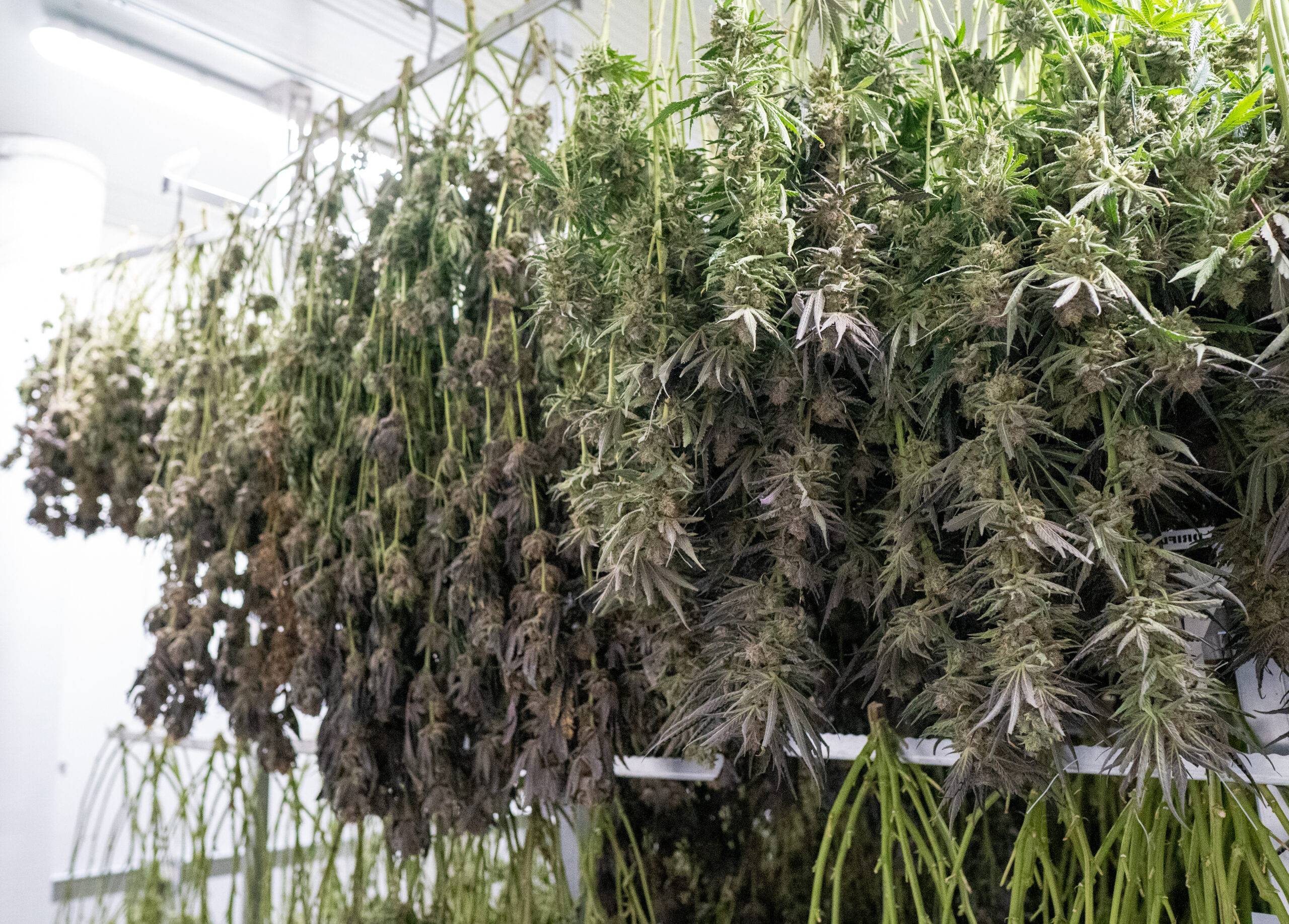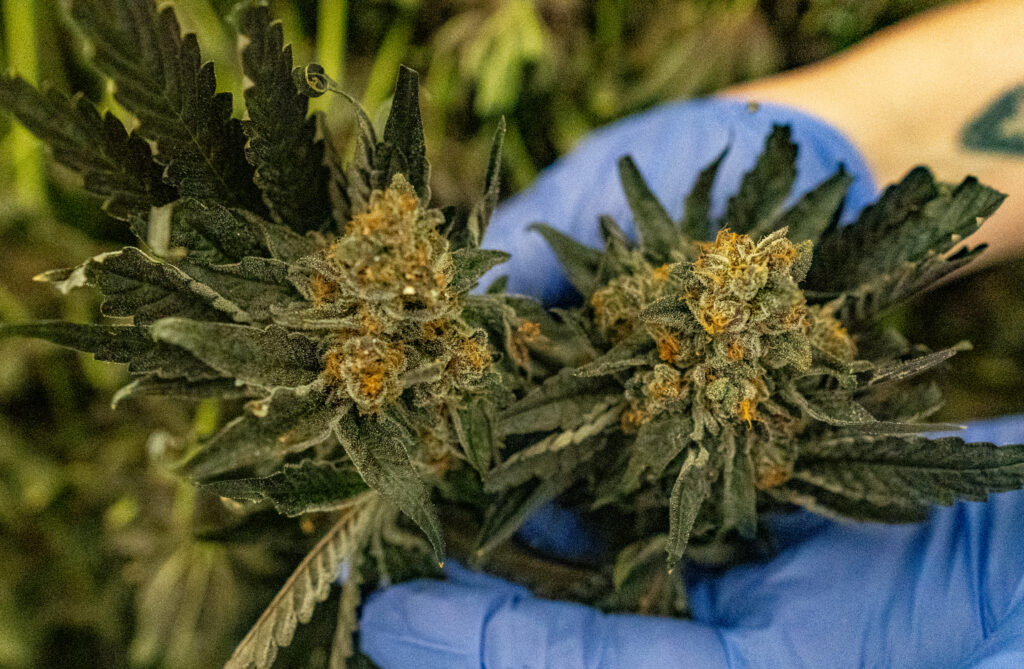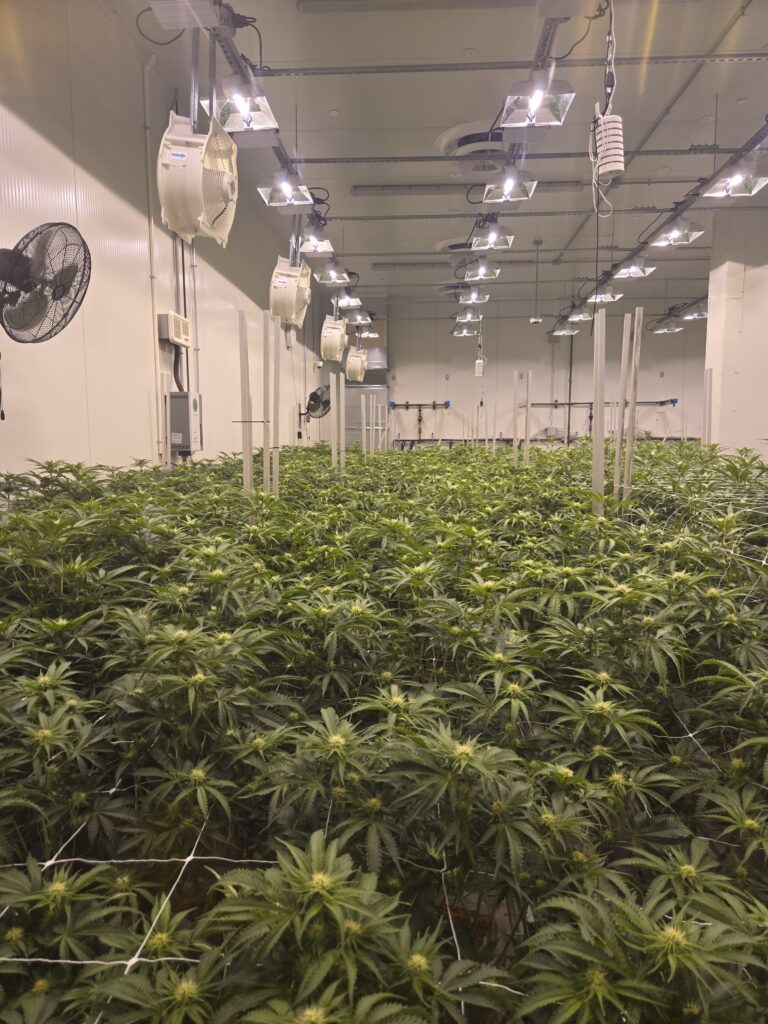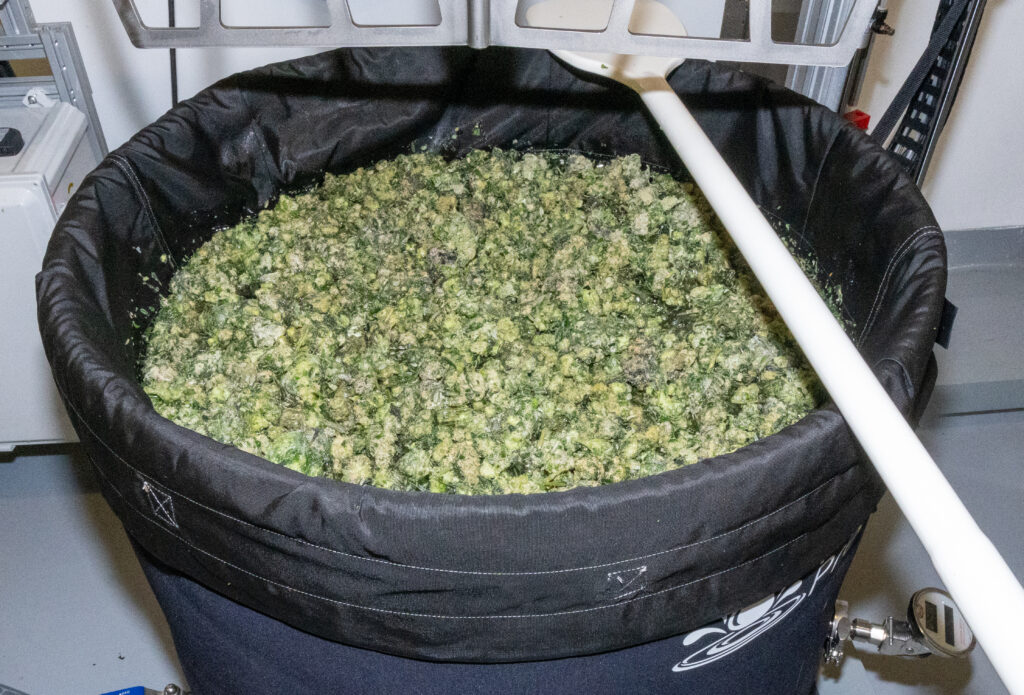Cannabis flower is typically expected to be clean, safe, and reflective of its natural qualities. All agricultural products meant for consumption and sale to the public, cannabis included, must meet state-mandated regulatory safety testing. To address when products fall short of these standards, producers may turn to a process known as flower remediation.
Understanding Remediation
Remediation is a set of post-harvest techniques used to reduce or eliminate contaminants such as mold, yeast, or bacteria so that a product can meet regulatory standards for consumer safety. In cannabis, remediation methods most commonly include:
- Irradiation (gamma or electron beam radiation), which damages microbial DNA and prevents growth (Farkas & Mohácsi-Farkas, 2011).
- Heat treatments, such as pasteurization or vapor sterilization, which inactivate microbes but may also alter heat-sensitive compounds (Jay, Loessner, & Golden, 2005).
- Chemical washes (e.g., hydrogen peroxide or ozone), which act as disinfectants but can affect product composition if not carefully controlled (Zambonelli et al., 2004).
These methods are not unique to cannabis. Similar remediation techniques are widely used in the food, spice, and pharmaceutical industries to ensure microbial safety in products that would otherwise pose risks to consumers.
Potential Benefits
Remediation can help producers avoid losing entire harvests due to failing regulatory standards, such as microbial contamination, which may represent a significant financial investment. It also ensures that products entering the retail supply chain meet established safety standards, thereby protecting consumers from harmful exposure. In industries like food processing, such interventions are considered an important safeguard (World Health Organization, 2015).
Potential Limitations
While remediation is effective at reducing some contaminant risks, it has some limitations and drawbacks. Certain methods can alter the organoleptic properties (flavor, aroma, and appearance) of cannabis due to the degradation of volatile terpenes or cannabinoids (Hazekamp, 2016). Additionally, some critics argue that reliance on remediation could reduce incentives for maintaining strict hygiene and quality control during cultivation and post-harvest handling.
Beyond Cannabis
The concept of remediation is not new. Spices, nuts, seeds, and dried herbs are often irradiated or pasteurized to eliminate microbial contamination before reaching consumers (Diehl, 2002). Similarly, pharmaceutical raw materials may undergo sterilization processes to meet safety standards. Cannabis, as a plant-based consumable, faces many of the same microbial risks and therefore has adopted comparable remediation practices.
Consumer Awareness
Regulations vary by jurisdiction, and in some areas, producers are not required to disclose whether cannabis flower has been remediated. This makes it difficult for consumers to identify such products. In practice, sensory changes like reduced aroma or altered texture may sometimes, but not always, indicate remediation. The most reliable source of information is direct inquiry with dispensary staff or producers.
Why We Don’t Remediate Our Flower, Ever
At Blackstone Valley Cannabis, our goal is to provide flower that’s fresh, clean, and true to its genetics. Instead of relying on remediation after harvest, we focus on preventing issues before they ever arise.
Here’s how we approach it:
- We grow in smaller batches with careful cultivation practices and a clean environment.
- We work to preserve each strain’s natural flavor, aroma, and potency.
- We emphasize transparency so customers know their cannabis passed testing without additional interventions.
Remediation can be a useful tool in the industry, but for us, it’s not part of our process. We’d rather invest our energy into maintaining healthy plants and consistent quality from the start.
When you choose Blackstone Valley Cannabis, you’re getting flower that reflects the care and attention we put into every step. Goodness Grows Here.
References
- Diehl, J. F. (2002). Safety of Irradiated Foods. CRC Press.
- Farkas, J., & Mohácsi-Farkas, C. (2011). History and future of food irradiation. Trends in Food Science & Technology, 22(2–3), 121–126.
- Hazekamp, A. (2016). Evaluating the effects of gamma-irradiation for decontamination of medicinal cannabis. Frontiers in Pharmacology, 7, 108.
- Jay, J. M., Loessner, M. J., & Golden, D. A. (2005). Modern Food Microbiology. Springer.
- World Health Organization. (2015). Microbiological hazards in fresh leafy vegetables and herbs. WHO Press.
- Zambonelli, C., et al. (2004). Inactivation of spoilage fungi by ozone treatment. International Journal of Food Microbiology, 89(1), 75–82.





